The Perseverance rover has successfully landed on Mars, marking the beginning of an ambitious mission to explore the red planet. This rover, weighing a metric ton and costing over $2 billion, aims to find evidence of ancient life beyond Earth. It represents a significant step forward in mankind’s exploration efforts. Here are ten terrific facts about Perseverance’s mission to Mars.
1. Seven Minutes in Hell
The most challenging part of the mission was the landing. It takes about seven minutes for the rover to touch down on Mars after entering the atmosphere at 12,000 mph. The time delay in communication (11 minutes between Earth and Mars) means the team on Earth couldn’t assist during this critical phase.
NASA calls this the “seven minutes of terror.” Perseverance faced additional challenges, being the heaviest rover ever landed on Mars and targeting the risky Jezero Crater, known for its potential to hold signs of ancient microbial life. The rover was equipped with a range trigger for parachute deployment and terrain-relative navigation for safe landing, making Jezero Crater a viable landing spot.
2. Looking for Life in All the Right Places
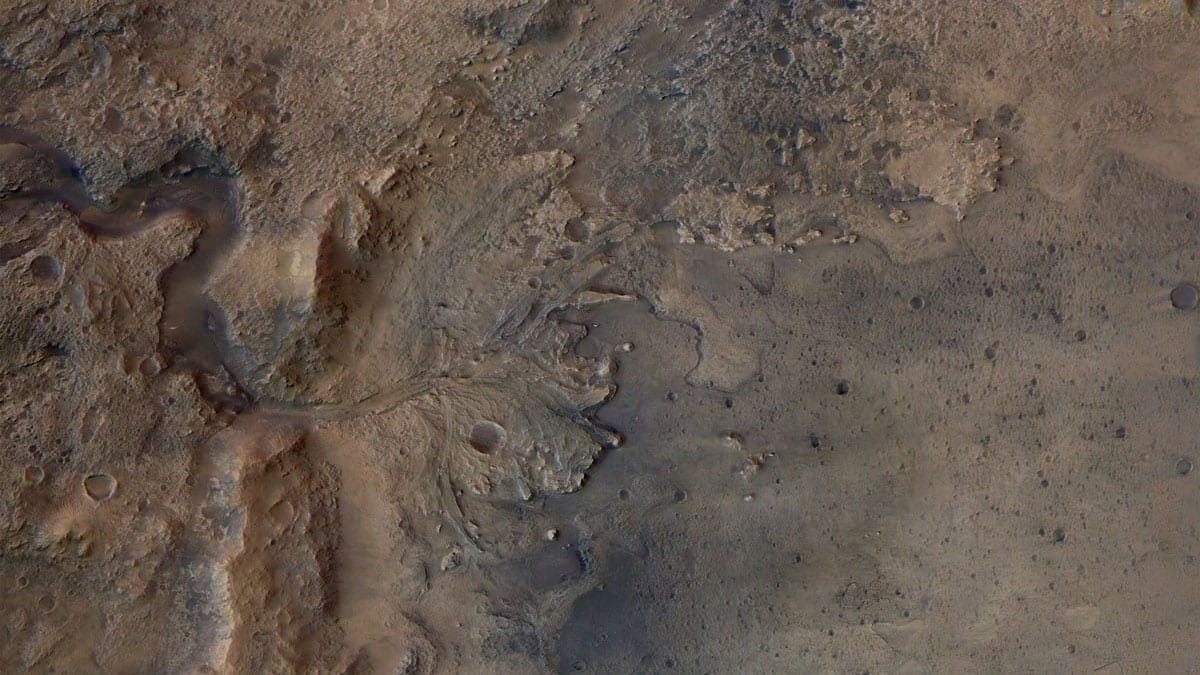
Perseverance is the first mission explicitly designed to find evidence of ancient life on another world. It landed in the Jezero Crater, believed to have once held a lake the size of Lake Tahoe. The crater features a major channel, indicating past water flow.
Sediment deposits across the crater’s delta floor make it a prime location for finding biosignatures, which could indicate past microbial life. The rover’s primary mission is to find these biosignatures in the layered deposits of Jezero Crater, potentially answering whether Earth is the only source of life in our solar system.
3. Space Helicopter?
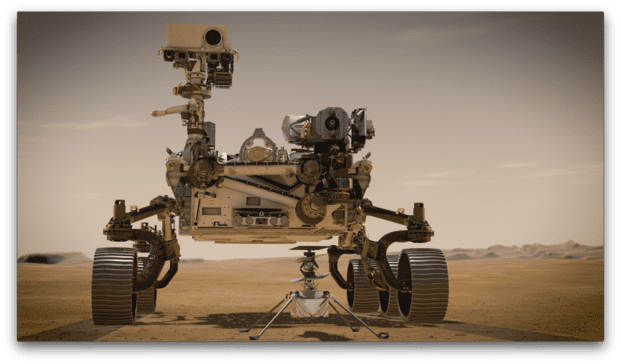
Accompanying Perseverance is the Ingenuity Mars Helicopter, weighing just four pounds. Ingenuity is an interplanetary test flight aimed at proving that a helicopter can fly in Mars’ thin atmosphere. It features four carbon-fiber blades arranged into two rotors, spinning at 2,400 rpm.
Ingenuity operates autonomously, taking orders in advance due to communication delays. It also has a high-resolution camera for surveillance, helping to identify points of interest for the Perseverance rover to analyze. The helicopter charges itself using a solar panel.
4. Armed and Ready
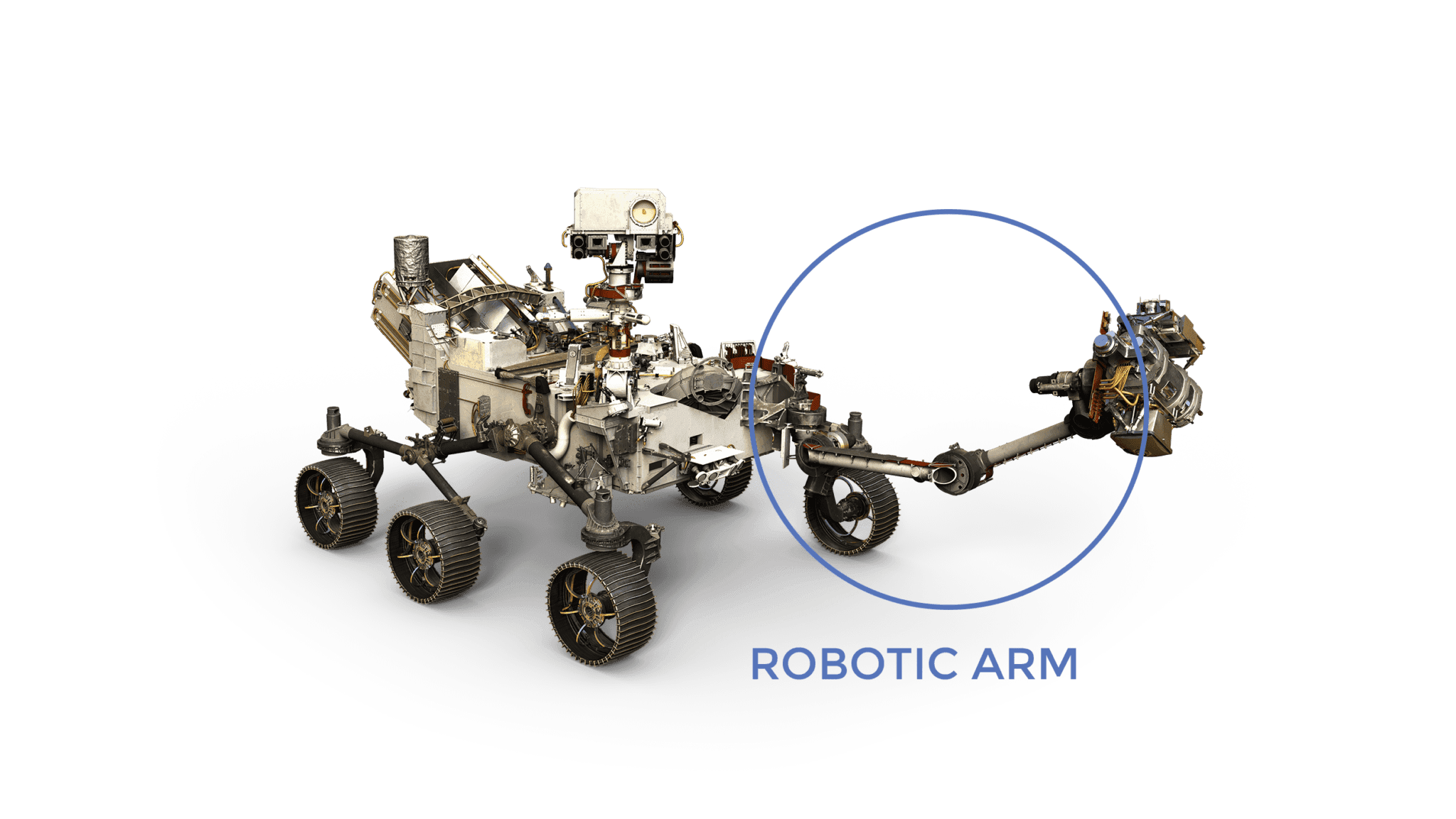
Perseverance features a seven-foot robotic arm designed to mimic human movement. It includes a shoulder, elbow, and rotating wrist, equipped with a gripper similar to a human hand. This arm allows the rover to access its science-centric parts efficiently.
The arm can extract core samples, take microscopic images, and analyze the composition of Martian rocks and soil. It has a rotary percussive drill to penetrate the Martian surface and collect samples. PIXL, another device on the arm, detects changes in textures and chemicals to identify scientifically interesting targets.
5. Listen Up
Perseverance is equipped with two highly detailed microphones, the first ever sent to another planet. These microphones record Martian winds and the sounds of the rover itself, potentially providing insights into Martian soil composition.
Scientists also hoped that the InSight probe, located 3,500 km away, might detect Perseverance’s arrival. InSight, equipped with a seismometer, could have recorded the impact, revealing more about the Martian interior. However, dust build-up on InSight’s solar panels diminished its capabilities.
6. Nuclear Battery
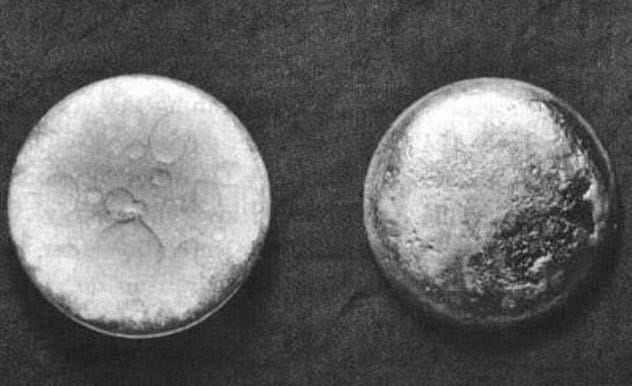
To avoid the fate of previous rovers whose solar panels were covered in dust, Perseverance uses a nuclear battery. The Multi-Mission Radioisotope Thermoelectric Generator (MMRTG) converts heat from the radioactive decay of plutonium-238 into electricity.
The MMRTG produces about 110 watts at the start of the mission and also charges two lithium-ion batteries. This power source ensures that the rover can operate even in inclement weather, making it a significant improvement over solar panels.
7. The Next Step Toward Manned Missions: Oxygen Creation
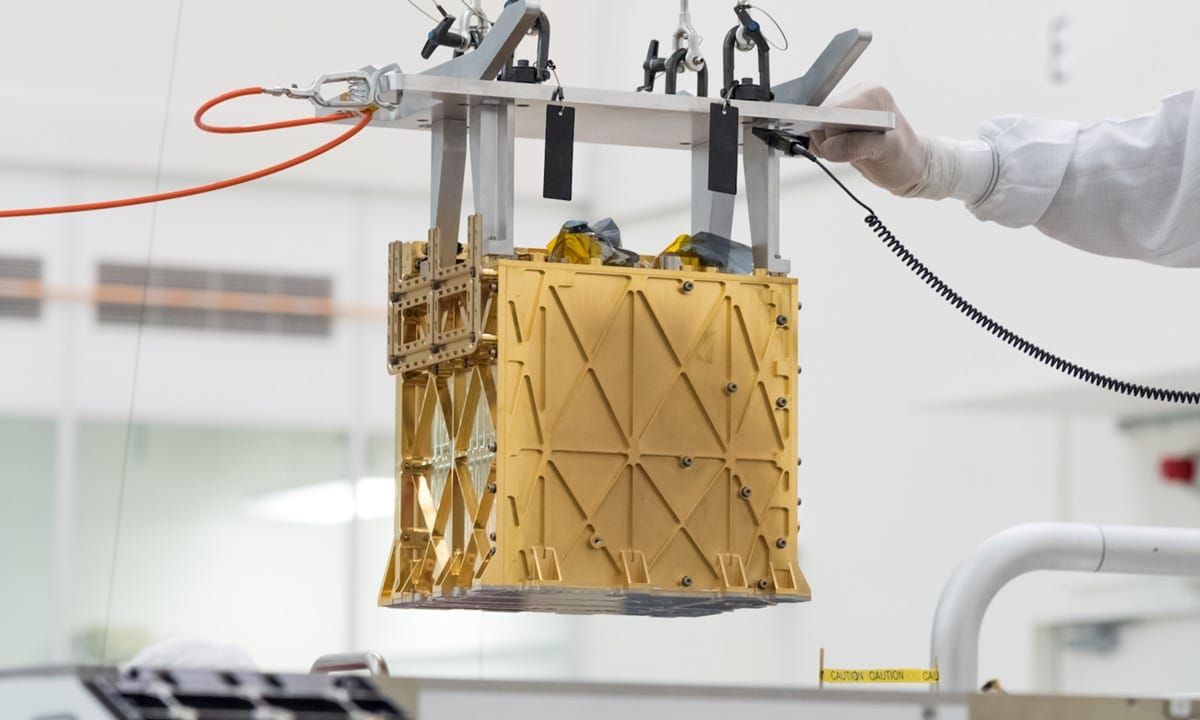
Perseverance is preparing for human exploration of Mars through the Mars Oxygen In-Situ Resource Utilization Experiment (MOXIE). MOXIE aims to demonstrate how astronauts might produce oxygen from the Martian atmosphere.
MOXIE inhales carbon dioxide and exhales oxygen, similar to a tree. This oxygen would be essential for breathing and as a propellant for returning to Earth. MOXIE conducts hour-long sessions, producing about 10 grams of oxygen per experiment. Future systems would need to be much larger to provide the 33 to 50 tons of fuel needed for a manned mission to launch off Mars.
8. What’s Old Is New
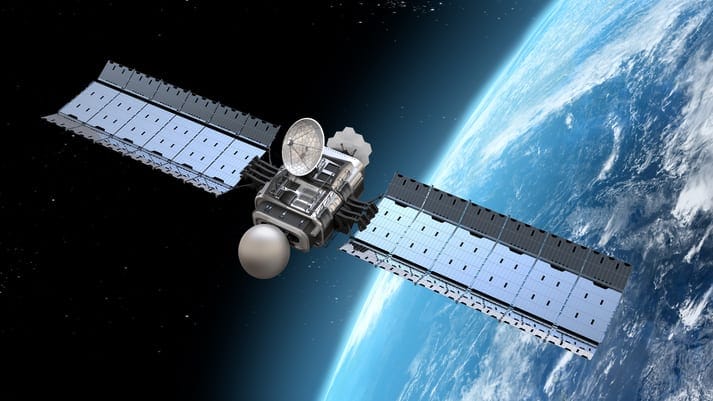
Perseverance relies on some older technology, such as a radiation-hardened version of an IBM PowerPC microprocessor called the RAD750. This chip, similar in power to a 1992 Pentium 1, handles the rover’s avionics architecture.
The RAD750 provides high reliability due to its battle-tested nature, having been used in hundreds of space missions. It works with field programmable gate array (FPGA) computers to control the rover’s drivetrain, wheels, suspension, and cameras. This combination of old and new technology ensures mission success.
9. Sending Mementos to Mars
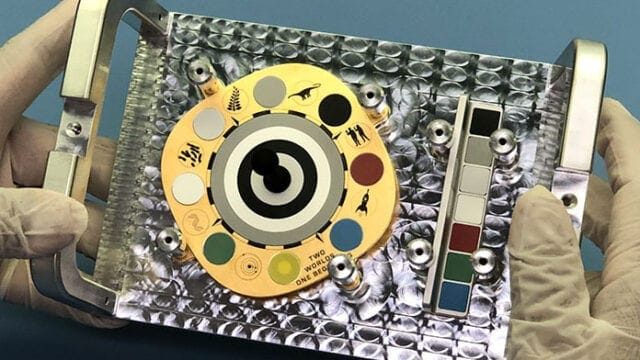
NASA has included several extras on Perseverance, such as three microchips with nearly 11 million names from the “Send Your Name To Mars” campaign. There’s also a tribute to healthcare workers who battled the COVID-19 pandemic.
The Mastcam-Z camera carries a greeting to potential non-Earthlings. A special coin made from astronaut helmet-visor materials serves as part of the calibration target for the SHERLOC instrument. This coin is etched with the address of 221b Baker Street, London, a nod to geocaching.
10. A Very Special Delivery
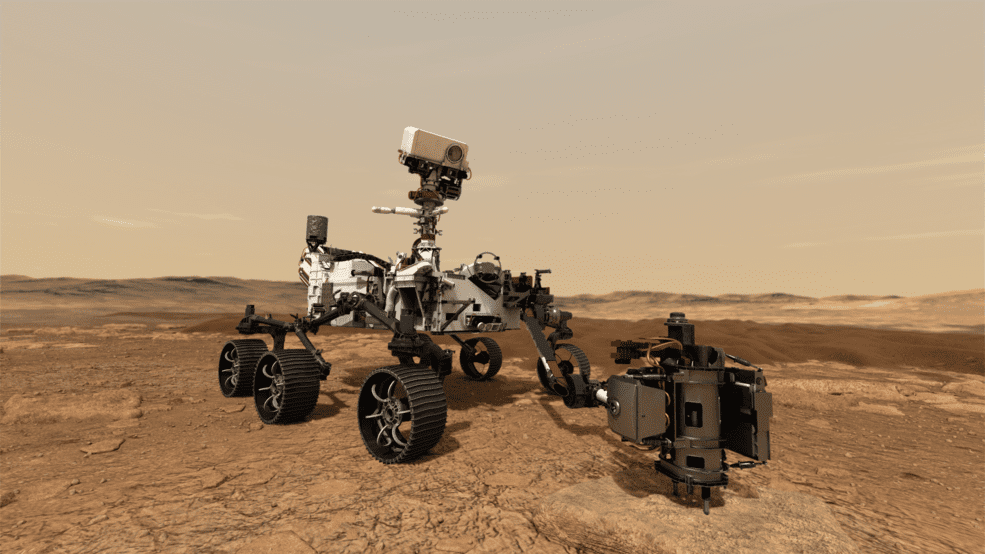
Perseverance’s most significant goal is to return soil samples to Earth within a decade. The Mars Sample Return mission involves three missions over the next ten years.
Perseverance will collect about 40 core samples, seal them, and set them down. A joint NASA-European Space Agency mission will then launch the Sample Retriever Lander to fetch these samples. The vehicle will pack the samples into a rocket and launch it into Mars’ orbit. The Earth Return Orbiter will then snatch the samples and carry them back to Earth, potentially containing signs of ancient alien life.
The Perseverance rover’s mission to Mars is a landmark endeavor filled with cutting-edge technology and ambitious goals. From surviving the perilous landing to seeking signs of past life and preparing for future human missions, Perseverance is set to redefine our understanding of the red planet. Its array of sophisticated tools and experiments promise groundbreaking discoveries that could reshape the future of space exploration.
What do you think is the most exciting aspect of the Perseverance mission? Share your thoughts in the comments below!










